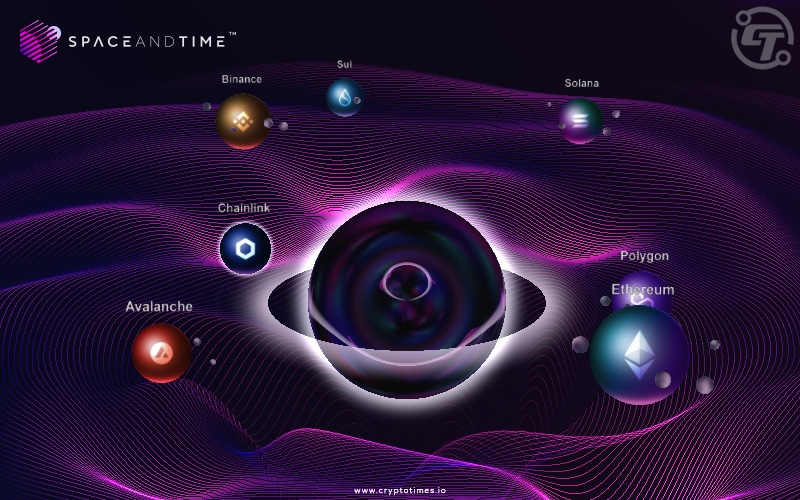Space and Time, a decentralized Web3 data service, announced that the wider Web3 ecosystem can now access their recently developed graphics processing unit (GPU) acceleration framework.
This framework aims to enhance ZK-proof generation performance, a crucial component of Ethereum layer 2 scaling platforms and other blockchain protocols.
ZK-proofs are cryptographic protocols that enable one party to demonstrate to another party a certain piece of information or data without disclosing the information itself. The technology confirms the accuracy of the data while guaranteeing its confidentiality.
Jay White, the company’s co-founder and head of research, said that open-sourcing its accelerator, Blitzar aspires to enable “faster, more robust ZK-proofs” while profiting from community advancements to its repository.
According to White, GPU accelerators function by shifting computationally demanding tasks to GPUs to maximize the performance of ZK-proof generation. ZK-proofs have significant computational advantages, and the process can be optimized using hardware acceleration frameworks.
Blitzar is specifically developed for GPUs, which is beneficial in handling heavy computational workloads like ZK-proof generation. GPUs also provide an efficient memory structure for handling large datasets, which is an essential component of ZK-proofs.
Projects looking to improve multi-scalar multiplication performance can now take advantage of Space and Time’s GPU acceleration framework. The Proof of SQL ZK-proof tool, developed by the company, uses NVIDIA GPUs to produce SNARK cryptographic proofs of queries within its decentralized data network.
Using this technology, queries against Space and Time data in a warehouse can produce verified proofs for effective and privacy-preserving data for decentralized applications. Its goals are to supply blockchain services, advanced computing, artificial intelligence, and large language models with tamper-proof on-chain and off-chain data.







